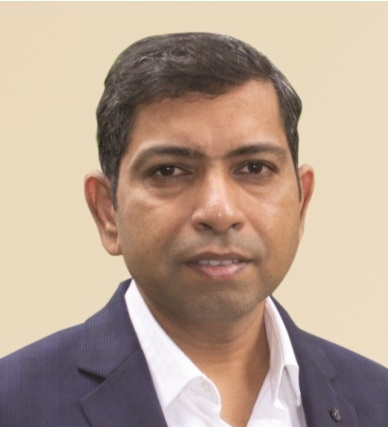 US-headquartered Altair has been in the field of computational science and artificial intelligence, for nearly four decades. T&D India caught up Vishwanath Rao, Managing Director, Altair India, during Elecrama 2023 to understand how digital simulation can provide value to the power T&D value chain. Rao explains why digital simulation is a cost-effective and practical alternative to physical prototyping, whilst asserting that Altair’s technology solutions can bring much value to organisations involved in in-house designing and manufacturing of any electrical equipment or device.
US-headquartered Altair has been in the field of computational science and artificial intelligence, for nearly four decades. T&D India caught up Vishwanath Rao, Managing Director, Altair India, during Elecrama 2023 to understand how digital simulation can provide value to the power T&D value chain. Rao explains why digital simulation is a cost-effective and practical alternative to physical prototyping, whilst asserting that Altair’s technology solutions can bring much value to organisations involved in in-house designing and manufacturing of any electrical equipment or device.
Let us start by understanding a little more of Altair.
Altair is a global leader in computational science and artificial intelligence (AI). A 38-year old company based out of Michigan, US, we primarily focus on three areas – technology to undertake various types of physics simulation, solutions that drive high-performance computing, and artificial intelligence.
Our vision is to leverage computational science to drive intelligent decisions for a more connected, safe, and sustainable future. Our solutions empower our customers to make faster and informed decisions through a convergence of the above cited three vital technologies.
Our customer base in India spans industries – automotive, aerospace, consumer appliances, healthcare devices and banks & financial services, to list a few.
What could we understand as being Altair’s basic business objective?
With “power” being common to almost all sectors we cater to, we have a special focus on electronics and electrical domains. Our objective therein is to provide solutions that make electromechanical devices more power-efficient. This is also aligned to our overall objective to make sustainability central to any product development.
Changing product paradigms with increased emphasis on electrification, compared to largely mechanical focus earlier; there is a pronounced need for power management. For instance, with the adoption of electrification in automotive, storage, conservation, and application of power needs to be managed effectively.
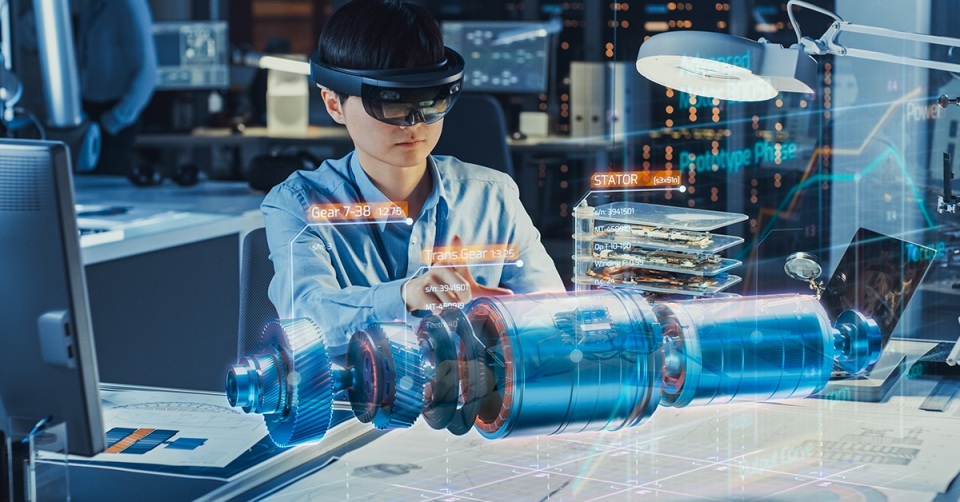
Can you illustrate with an example?
Any device running on electric power lends itself to power management. When these devices are being designed, it is imperative to account for the likely power losses – simulation tools help with insights that can then aid product design decisions. These design changes can then be introduced very early in the product development cycle for maximum power efficiency.
For instance, if you are designing a motor, it is desirable to know the power efficiency for particular design parameters. What is the output of the motor for a given input? And, how do you minimize the losses? Our solutions allow working with relevant parameters – topology of the motor, windings, magnets, power controller, etc. – that have an impact on power efficiency.
By modeling all these parameters and applying appropriate loads in a simulation software environment, you can now carry out a real-time simulation akin to testing the motor in a real world scenario. You can then continuously vary the parameter settings and loads in the simulation environment, thereby arriving at an optimised design that meets the dual objective of minimum power loss, and maximum performance efficiency. Many other physics can be simulated as well – structural, thermal, EM/EMC, as well as at a system level – to understand and design products that meet market requirements.
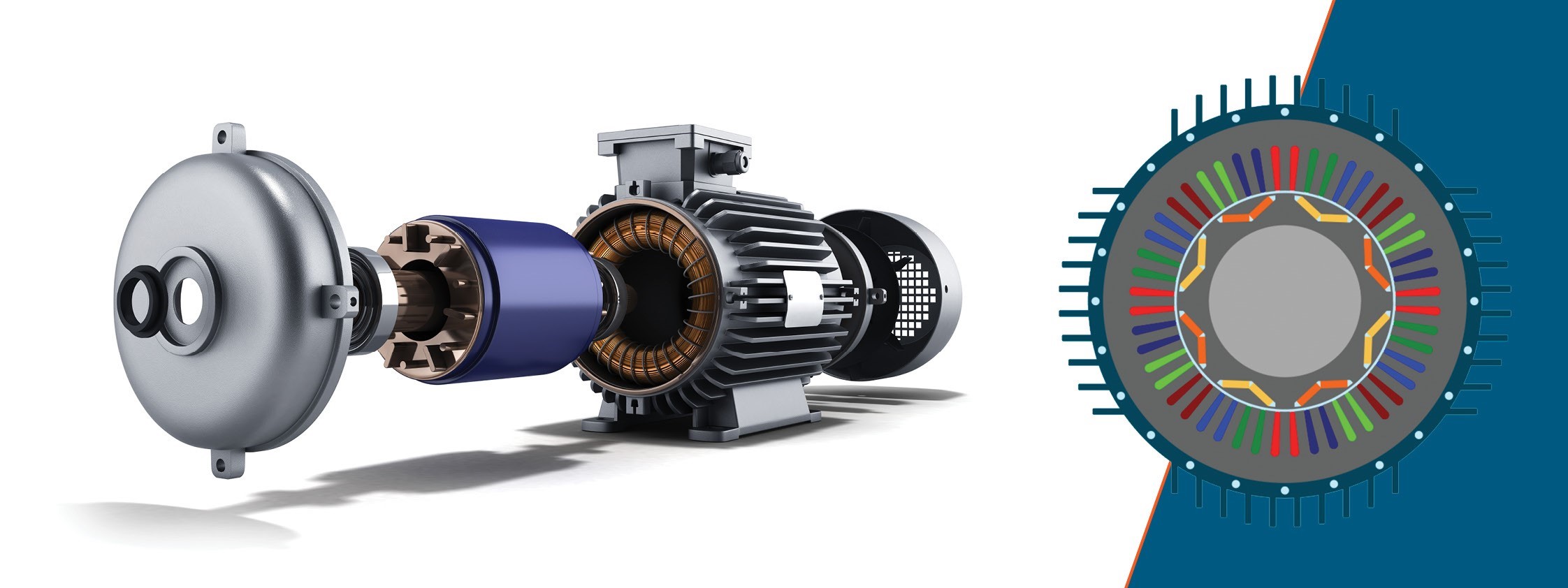
How would motor manufacturers, in this case, actually benefit?
A traditional design approach is based on building a physical prototype of the motor, and then testing it out. If it does not meet the required performance efficiency or inherent with significant power losses, it requires going back to the design board and go through the same cycle again, and again, till objectives are met. This process is not only expensive; the resultant delay increases the time to market – both factors significantly impacting the balance sheet.
In contrast, using our set of simulation tools you can model the entire motor, including the power electronics, controllers, etc. You can further define it as a complete system with all dependencies. These models are then subjected to applicable loads in a simulated environment, and if the results are not found satisfactory, you can rerun the simulation with changed parameters. Rather the simulation run highlights the areas requiring attention, which can then be incorporated in a changed design. Any number of simulations can be done, and at varying loads to arrive at the most optimized design – and then clear it for production. With the introduction of AI in the simulation environment, you can now further reduce the product development time and get a better fidelity insight for design improvements.
Would manufacturers therefore form your clientele?
Our technology solutions can bring a lot of value to organisations involved in in-house designing and manufacturing of an electrical equipment or device. Of course, the technology is not limited to electrical equipment only and can be effectively deployed across multiple verticals – irrespective of the size of the organisation.
You spoke about motors. Can such simulation be done for say transformers?
Like mentioned earlier, our set of simulation technologies can be easily applied to any other electrical equipment or device; transformers included. Most of the electrical vehicle (EV) companies are our customers; so are consumer appliance companies, and manufacturers of handheld devices, mobile handsets, to name a few.

Can we extend this from an equipment to a grid?
Our technology solutions span the value chain, and we help organisations – that build electromechanical devices – across transmission, distribution, and storage – undertaking analysis and optimization for transformers, busbars, switchgears, relays, and more. And in extension, power grids are an integral part of our focus. We combine our traditional physics simulation with data-analytics algorithms, and thereby upgrade traditional grids to smart grids. This can further help them reduce their transmission losses.
We also help utilities make their transmission network more efficient by providing data analytics applications that provide them with necessary insights for operations and maintenance management. With our IoT, AI, and data analytics working together, grids can also create digital twins that further aid efficient operations, predict downtimes, and prescribe actions, apart from providing information for optimizing the network.
Do you also engage with smart meter manufacturers?
Yes, we do. We are already engaged with a leading smart meter manufacturer in India, helping them add “smart” features into the meters. Smart meters also require complying with stringent and mandatory regulations. Also, a smart connected meter encompasses sensors, antennas, communication channels; simulation helps optimize the design and develop the final product which a physical prototype may fall very short to achieve.
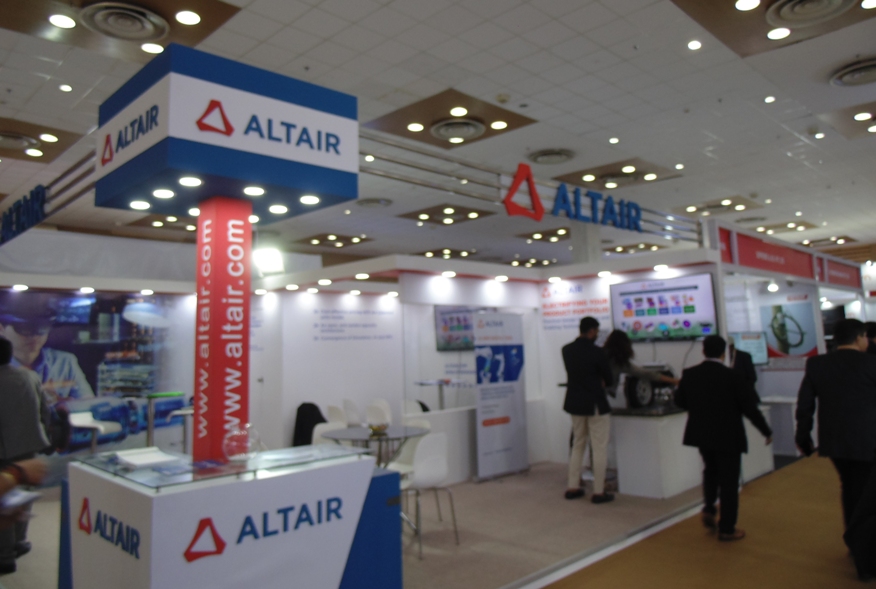
How do you see the acceptance of simulation technology in India? Is the old thinking of doing things in the physical world still dominant?
The old ways of physical prototyping still exist in some pockets; meanwhile simulation is seeing a fast adoption across the verticals, with organisations seeing value in virtual prototyping instead.
Increased competition, reduced time to market, larger number of variants to meet a variety of applications, cost pressures, are all the drivers that make a strong case for adopting simulation. While the larger global companies were early users of the technology, a lot of medium and small enterprises have come to appreciate the benefits that simulation offers. In many a case simulation acts like a great equalizer levelling the field for organisations across size.
Another major push for adoption of simulation in manufacturing organisations is also a result of an increasing demand from their end customers for better and efficient products, with multiple variants.
When you take the case of electrical equipment, say transformers, where some technical advancement is continually taking place, how do you keep track of evolving technologies?
Technical advancements are as much a result of new market demands, as new technology is responsible for creating and expanding markets. Both feed on each other towards a better way of doing things. Organisations continually invest in their product R&D, and in turn require better tools to realise their next gen products. These market forces are a trigger for new developments upstream as well, enabling us to build better tool sets to build products of tomorrow. A continuous conversation with our customers, understanding their challenges, closely listening to their requirements, is a mechanism for us to have a good handle on things to come. These insights enable us to quickly undertake specific development and meet the oncoming requirements, in time.
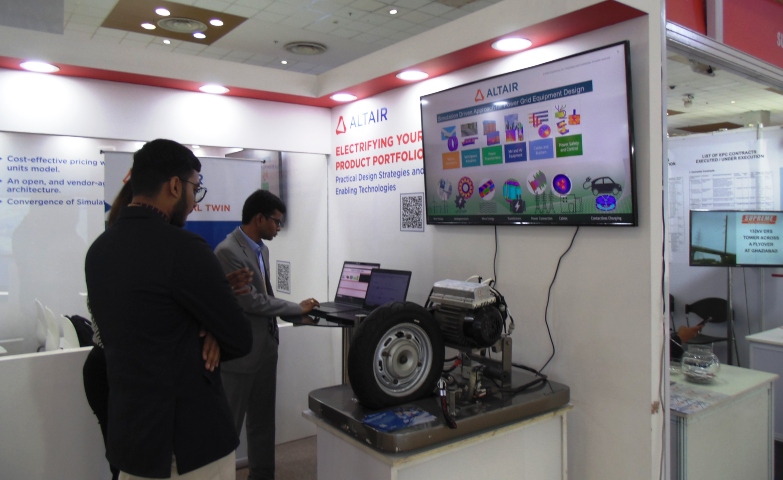
What are the key markets for Altair globally?
Altair has a global presence with more than 3,500 employees across 27 countries, and spread across three super regions – Americas, EMEA, and APAC. Each of these super regions contributes almost equally to our global revenues. Our set of technologies serves customers across automotive, aerospace, defence, consumer packaged goods, heavy engineering, pharmaceuticals, banking and finance, weather forecasting, research, to name a few.
Tell us about Altair’s size and strength in India.
Altair in India is about 700 people strong, with more than two-thirds working on software development. A lot of product R&D on all our platforms – simulation, HPC, AI – happens in India.
How do you see the years ahead for Altair in India?
With India earmarked to be the fastest growing major economy in the world today and in near future, it presents a tremendous opportunity to technology companies like Altair to serve the growing need for next gen products, and the resultant product development. With our increasing focus on convergence of simulation, high performance computing, and AI – we see driving intelligent decisions for a more connected, safe, and sustainable future, in India as much as globally.
From a business perspective, I think it is a very exciting time for everyone. There is tremendous opportunity for all types of businesses, including ours — all thanks to the transformation that the industrial sector is going through.


